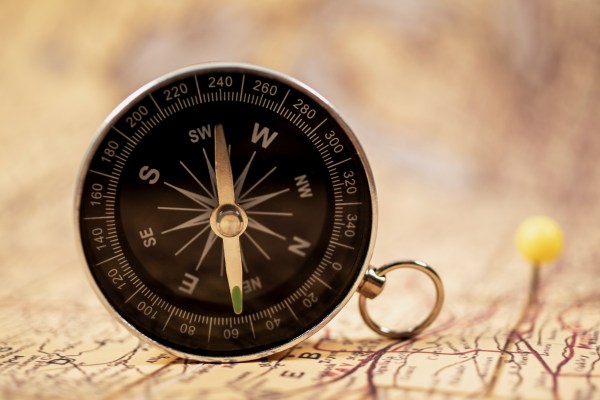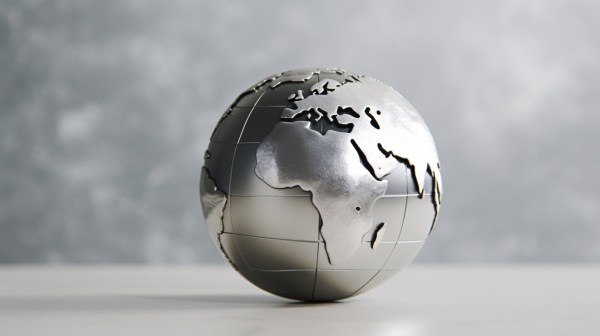What is the digital divide?
One possible definition of the digital divide is inequality when it comes to accessing Information and Communication Technologies (ICT) and/or the internet, an issue of such relevance that even the UN, as early as 2016, warned that universal access to the network of networks is ‘key to development’.
A digital divide that is far from uniform between different social groups, with notable differences in access and skills in the use of these technological tools depending on geography, gender, socioeconomic status, age or cultural environment.
A demonstration of Telefónica’s commitment to bridging the digital divide is its global leadership in the Digital Inclusion Benchmark, where the operator remains in first position in the ranking that analyses how inclusive companies promote a more inclusive digital economy and society. A document prepared by the World Benchmarking Alliance (WBA).
But what are the types of digital divide?
What types of digital divide exist
Despite the initial idea that the problem of the digital divide was one of lack of access to both technological tools and the internet or even difficulties with coverage, accelerated deployment has not been accompanied by the same level of widespread adoption or use of the technologies.
Today, the challenge is not only to connect, but also to enable all groups and communities to take full advantage of the possibilities offered by technological progress.
Precisely from this statement that ‘it is no longer just a problem of coverage, but of achieving effective connectivity’, we can see that we are faced with two different types of digital divide: that of coverage or access and that of use.
Let us look at the characteristics of each.
Coverage or access gap
According to data from the ITU (International Telecommunication Union, on whose birthday Internet Day is commemorated) in 2023 two-thirds of the world’s population – 67% to be precise – will access the internet: 5.4 billion people.
A figure that represents an increase of 45% since 2018, which in millions of people is about 1.7 billion.
Broadband coverage has made significant progress in recent years, reaching 95% worldwide by 2023. In comparison, electricity grid roll-out is only 91%. The digital divide in access or coverage has therefore decreased dramatically and telecoms operators have managed to reduce it to 5% globally.
However, as we mentioned earlier, the difference by geographical region is still notable. For example, in Europe it is 2%, while in Latin America this number triples to 6%.
Closing the coverage gap
To close the coverage gap that still persists, innovative strategies are needed to access remote, remote or hard-to-reach areas, taking into account the particularities and specific characteristics of each region.
For example, infrastructure sharing and innovative partnerships are no longer a novelty, but rather a trend, new models that not only help to continue closing the coverage gap, but also serve to improve the conditions for sustainable investment.
To this end, it is of great relevance to promote different innovative partnership models, as well as the sharing of infrastructure, networks or spectrum.
We could sum it up by saying that the future in this area lies in cooperation without losing sight of the heterogeneity of each case, knowing that the objective is identical: to achieve sustainable, effective and accessible connectivity for the entire population.
Source: GSMA. “The state of Connectivity 2023“.
Usage gap
Within the usage gap, we could introduce the nuance that there is a part of the population that is able to use the Internet, but does not have sufficient knowledge to be able to make the most of its use: the so-called quality of use gap.
But focusing simply on the usage gap, we could summarise it, despite its many edges, as having different approaches depending on the intensity or typology.
The different types of usage gap are:
- Rural-urban. The lower use of technology and connectivity in rural environments stems from the late arrival of access to connectivity in certain non-urban areas. There are also differences by region; for example, rural population access to the internet in Europe is 89% (data from 2023) compared to 65% in Latin America (data from 2020).
- Generational. The very development of new technologies in recent decades has inherently brought with it an age gap. If we break this down by region, there is also a difference: compared to 8% of Latin Americans over 74 years of age who access the internet daily, 65% of Europeans between 65 and 74 do so.
- Gender. The gender digital divide brings the perpetuation of certain stereotypes and exclusions derived from the lower rates of women in STEM careers and professions, an inertia that initiatives such as the Girls in ICT Day or the Women and Girls in Science Day want to combat.
- Skills. Advances in technology can provide support to overcome specific difficulties. For example, AI can help describe the environment or read texts using voice assistants to support blind people.
Source: GSMA. “The state of Connectivity 2023“.
The opportunities for economic growth and social welfare enabled by connectivity and new technologies make digital transformation a priority objective in all countries. In the process of digitisation, one of the biggest challenges is therefore to achieve full digital inclusion. Get to know our Compass.







